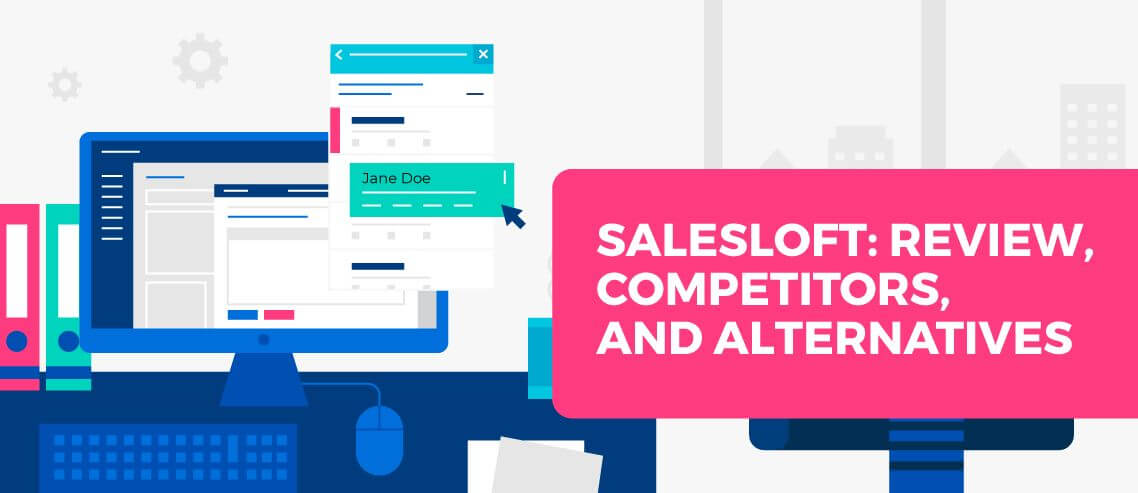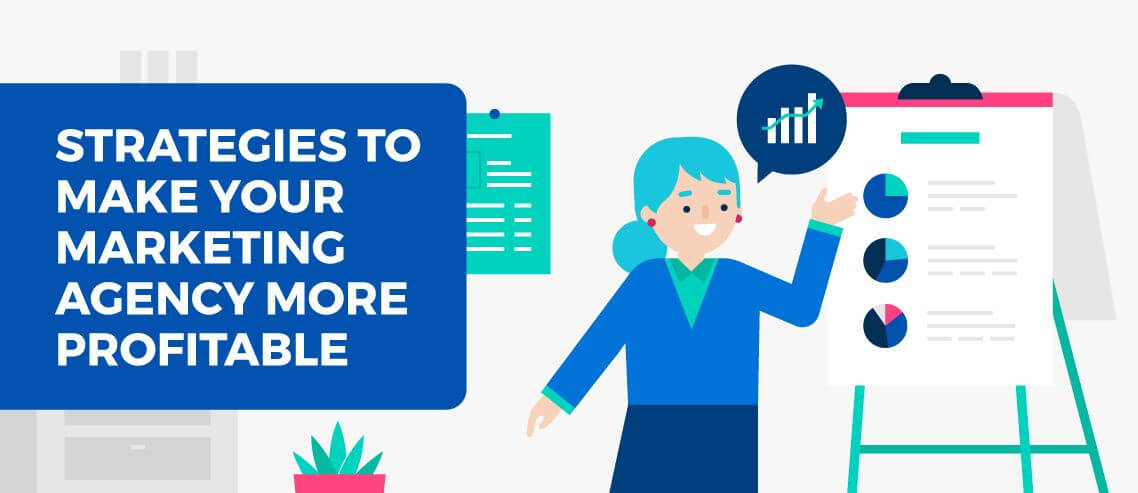How to Generate Leads from a Conference
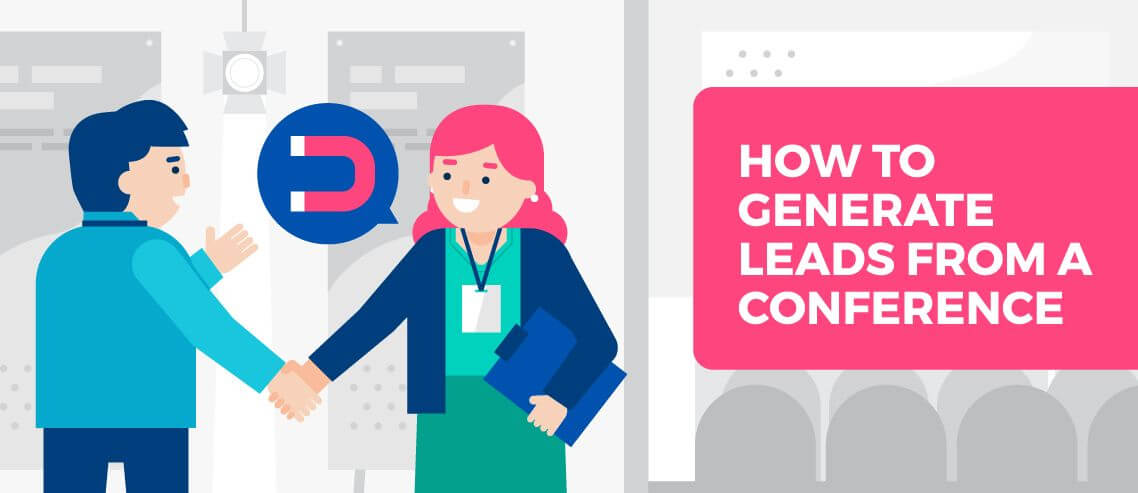
Contents
With machine learning and automation on the rise, selling face-to-face at conferences may seem outdated – but it works.
B2B marketers say live events are their second-best source of leads and drive the second-highest return on investment of any channel or tactic.
However, there are no guarantees. No sales team can expect to simply arrive at a conference and start signing deals.
Conferences are a big investment in time and money, so if they’re going to play a part in your lead generation strategy, you need to get results. Here’s how to do it.
1. Pick the Right Conference
This might seem like an obvious point, but not all conferences are the same. Before you start planning your on-the-ground strategy for generating leads, you need to choose the right event.
Most conferences offer promotional materials explaining things like:
- The number of attendees they attract
- The makeup of their audience
- The reasons why people attend
Research multiple events, pull all that information together, then identify those that best align with your ideal customer profile.
One key point here: size isn’t everything.
While a huge, well-publicized event backed by a big brand might seem like the smartest, most prestigious option, you’ll face huge competition. Chances are, there will be dozens of exhibitors that offer similar services to you. What’s more, it can be hard to pick out the perfect prospect from such a vast crowd.
A smaller, less-well-known conference with a niche audience that closely matches your own will often drive stronger results.
2. Reserve Your Space
Once you’ve identified the perfect event, your next decision is to choose the ideal spot from which to showcase your brand and product.
There is no right or wrong answer here. Rather, it’s a matter of individual preference, with various theories existing, such as:
- Choosing a spot near the food and drink concessions to capitalize on high footfall
- Basing yourself at aisle corners, or near the entrance, to make your stall more visible
- Setting up close to your competitors, to give yourself the best chance of reaching prospects in your target audience
In reality, any of these can be viable, and what works at one conference may not work at another. You’ll likely need to test several approaches and see which is most effective.
Once you land on a type of location that delivers consistent results, be sure to reserve it early for future events, because the best spaces tend to book up fast.
3. Set Measurable Goals
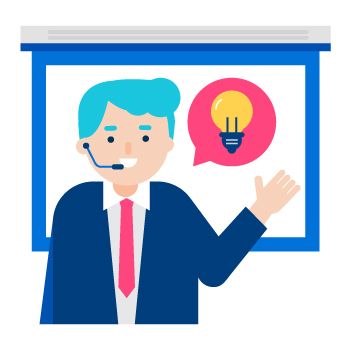 I’ve already pointed out how expensive it can be to attend conferences. You may have to pay for travel, accommodation, and food for your sales team, on top of the fees for exhibiting.
I’ve already pointed out how expensive it can be to attend conferences. You may have to pay for travel, accommodation, and food for your sales team, on top of the fees for exhibiting.
With that in mind, it’s vital that you understand what a “successful event” looks like for you. Start with the overarching result you’re aiming for, then work backwards from there. For example:
- You need to close three deals to deliver a positive ROI
- You convert 50% of opportunities, so you need to generate six leads
- You convert 5% of conversations at conferences into leads, so you need to speak to 120 people
- You’re taking three salespeople to the conference, so they each need to speak to 40 people
- The conference lasts for two days, so each salesperson needs to strike up 20 conversations a day
It’s far easier to work towards small, achievable targets than to blindly chase one big number that no one person feels directly accountable for.
4. Create Supporting Content
Even if you have the world’s greatest sales team, they’ll likely need some help in the form of content. That content will serve two main purposes:
- To raise awareness that you’ll be attending a conference
- To engage prospects at the event itself
Start by building a landing page for visitors to book appointments with your salespeople ahead of the event. I’ll touch more on the importance of this later.
Next, create a series of template social posts that your reps and leaders within your business can use to promote your forthcoming attendance, so people know you’ll be there.
Finally, prepare handout materials that will help your sales team discuss the features and benefits of your product at the event itself. This collateral could take the form of:
- A brand story brochure explaining who you are and what you do
- A product explainer that talks through your various features
- A case study that demonstrates the results you have achieved for other clients
5. Design Your Stand
If you don’t have an impactful booth, it will be much harder for you to generate leads from a conference.
Fortunately, designing a trade show stand doesn’t need to be a complex process. Your stand doesn’t need to be ostentatious or highly technical. It just needs to fit in with your brand and communicate your message in a way that’s clear and memorable.
Keep your messaging as simple as possible. Conference attendees are bombarded with information from all sides as they stroll the aisles, so you need to make it easy for them to understand the value you provide.
Steer clear of cluttering your banner with unnecessary words, images, and logos, as these will make it harder for potential prospects to pick out the key information.
6. Fill Your Schedule in Advance
 As I mentioned earlier, booking meetings ahead of the conference is key.
As I mentioned earlier, booking meetings ahead of the conference is key.
Three-fifths of attendees say they almost always organize appointments before the day of an event, so if your agenda is empty at the start of a conference, you’re already playing catch-up.
Give yourself the best chance of success by reaching out to prospects to find out whether they’ll be attending. That way, you won’t be solely reliant on walk-ups to hit your goals.
Leave yourself sufficient time to fill up your calendar; ideally you’ll be speaking to potential attendees up to a month before the event.
There’s another benefit to this approach: if you arrange a lot of meetings in advance, your stand will naturally look busier. This, in turn, makes it more likely that other attendees will want to check you out and see what all the activity is about.
7. Perfect Your Pitch
Chances are, your sales reps have multiple pitches they can employ, depending on the audience they are speaking to and the pain points they are attempting to resolve.
Particularly at a larger conference, your team has the opportunity to speak face-to-face with a substantial audience of people from similar backgrounds and with similar goals. So it’s important that they choose a pitch that resonates with this audience.
You should also give them scope to freshen their go-to pitch throughout the event to make it more relevant and timely.
For instance, if there is a lot of buzz about the previous night’s keynote speech, there may be an opportunity to leverage some of the takeaways from that speech and apply them to your own solution.
One final point on this: ensure that you have your top sales performers on the ground at conferences. Reps who find it easiest to strike up natural conversations, speak with authority, and think on their feet.
There are no second chances with live events. If a prospect walks away, you’ll likely never speak to them again. So your reps need to maximize every opportunity that comes their way.
8. Visit Other Booths
One classic mistake that conference first-timers often make is to say rooted to their booth.
Instead, walk around a bit and speak to other exhibitors. Some of them could turn out to be potential clients or referral partners.
Likewise, don’t be afraid to strike up conversations away from the exhibition itself. For instance, every time you go to pick up a coffee or grab some food, get talking to other people in the queue. People expect to network at events, so take every chance that comes your way.
You might also learn some useful tips from seeing other stands and witnessing other sales teams in action. Maybe you’ll see a particularly effective display, or hear a highly engaging conversation opener. You can put these learnings into practice at future events.
9. Arrange a Speaking Opportunity
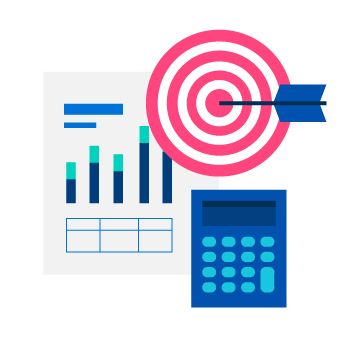 The majority of conferences incorporate some sort of public speaking element, whether that be keynote speeches, panel discussions, or workshops.
The majority of conferences incorporate some sort of public speaking element, whether that be keynote speeches, panel discussions, or workshops.
Look out for speaking opportunities and try to land one for yourself, as it gives you the opportunity to get in front of people who may not have walked by your booth.
You want to position yourself as a trusted expert, so you should pick a theme on which you can speak with confidence. But it also needs to be highly relevant to your audience. Potential options include:
- A discussion of key trends in the audience’s industry
- Predictions for what will happen in the industry over the next year
- An explainer of how your product solves a key pain point for the audience
A hard sell likely won’t be effective, but at the same time, you definitely want people to know what your company does.
Try to fit your product into a wider discussion. And be sure to include a call to action that either helps you capture leads at the event itself, or compels the audience to visit your website and leave their contact information.


